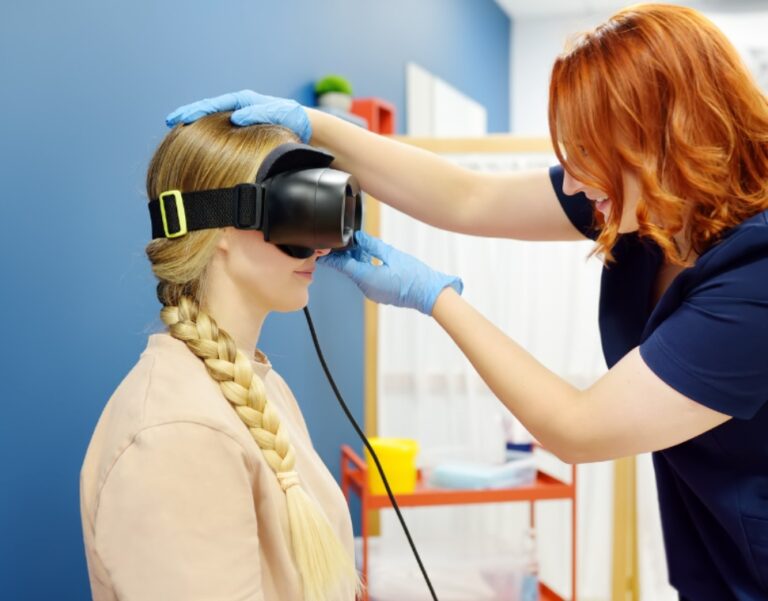Feeling dizzy, unsteady, or experiencing balance issues can be unsettling and disruptive to daily life. Vestibular rehabilitation offers a solution for those suffering from these symptoms, providing a path to regain stability and improve overall well-being.
This comprehensive guide aims to illuminate the benefits, processes, and effectiveness of vestibular rehabilitation, ensuring you have the knowledge needed to make informed decisions about your health.
What is Vestibular Rehabilitation?
Vestibular rehabilitation is a specialized form of physical therapy designed to alleviate problems caused by vestibular disorders. These disorders affect the inner ear and brain’s ability to process sensory information related to balance and eye movements. This therapy involves customized exercises and activities that aim to reduce dizziness, improve balance, and enhance the overall quality of life for individuals experiencing vestibular issues.
Benefits of Vestibular Rehabilitation
Reduction in Dizziness and Vertigo: One of the primary goals of vestibular rehabilitation is to minimize the frequency and severity of dizziness and vertigo episodes. Through targeted exercises, the brain learns to adapt and compensate for the deficits caused by vestibular disorders.
(i). Improved Balance and Stability:
Balance exercises in vestibular rehabilitation help strengthen the muscles and improve coordination, reducing the risk of falls and enhancing overall stability.
(ii). Enhanced Quality of Life:
By alleviating symptoms like dizziness, vertigo, and imbalance, vestibular rehabilitation can significantly improve a person’s ability to perform daily activities, leading to a better quality of life.
Key Components of Vestibular Rehabilitation
(i). Assessment and Diagnosis:
The first step in vestibular rehabilitation is a thorough assessment by a trained therapist. This evaluation helps identify the specific type of vestibular disorder and the most appropriate treatment approach.
(ii). Customized Exercise Programs:
Based on the assessment, the therapist develops a personalized exercise regimen tailored to the individual’s needs. These exercises typically focus on improving gaze stability, balance, and vertigo reduction.
(iii). Progress Monitoring and Adjustments:
As therapy progresses, regular monitoring and adjustments to the exercise program ensure continued improvement and adaptation. This dynamic approach helps address any changes in symptoms and maximizes therapeutic outcomes.
Who Can Benefit from Vestibular Rehabilitation?
Vestibular rehabilitation is beneficial for individuals experiencing a range of vestibular disorders, including benign paroxysmal positional vertigo (BPPV), Meniere’s disease, vestibular neuritis, and labyrinthitis. Additionally, those who have suffered a concussion or head injury may also find relief through this therapy.
How to Get Started with Vestibular Rehabilitation
Consult with a Healthcare Provider: If you experience symptoms such as dizziness, balance problems, or vertigo, consult with a healthcare provider to determine if vestibular rehabilitation is appropriate for you.
(i). Find a Qualified Vestibular Therapist:
Seek out a therapist who specializes in vestibular rehabilitation. Their expertise will ensure you receive the most effective and personalized treatment plan.
(ii). Commit to the Program:
Consistency is vital in vestibular rehabilitation. Regularly attending therapy sessions and diligently performing prescribed exercises at home will contribute to your success.
In summary, vestibular rehabilitation offers a promising path for individuals dealing with balance and dizziness issues. By understanding what vestibular rehabilitation entails and the benefits it provides, you can take proactive steps toward improving your stability and quality of life. Remember, incorporating vestibular rehabilitation into your health routine can be life-changing. Additionally, exploring complementary treatments such as chiropractic care may further enhance your overall well-being.
